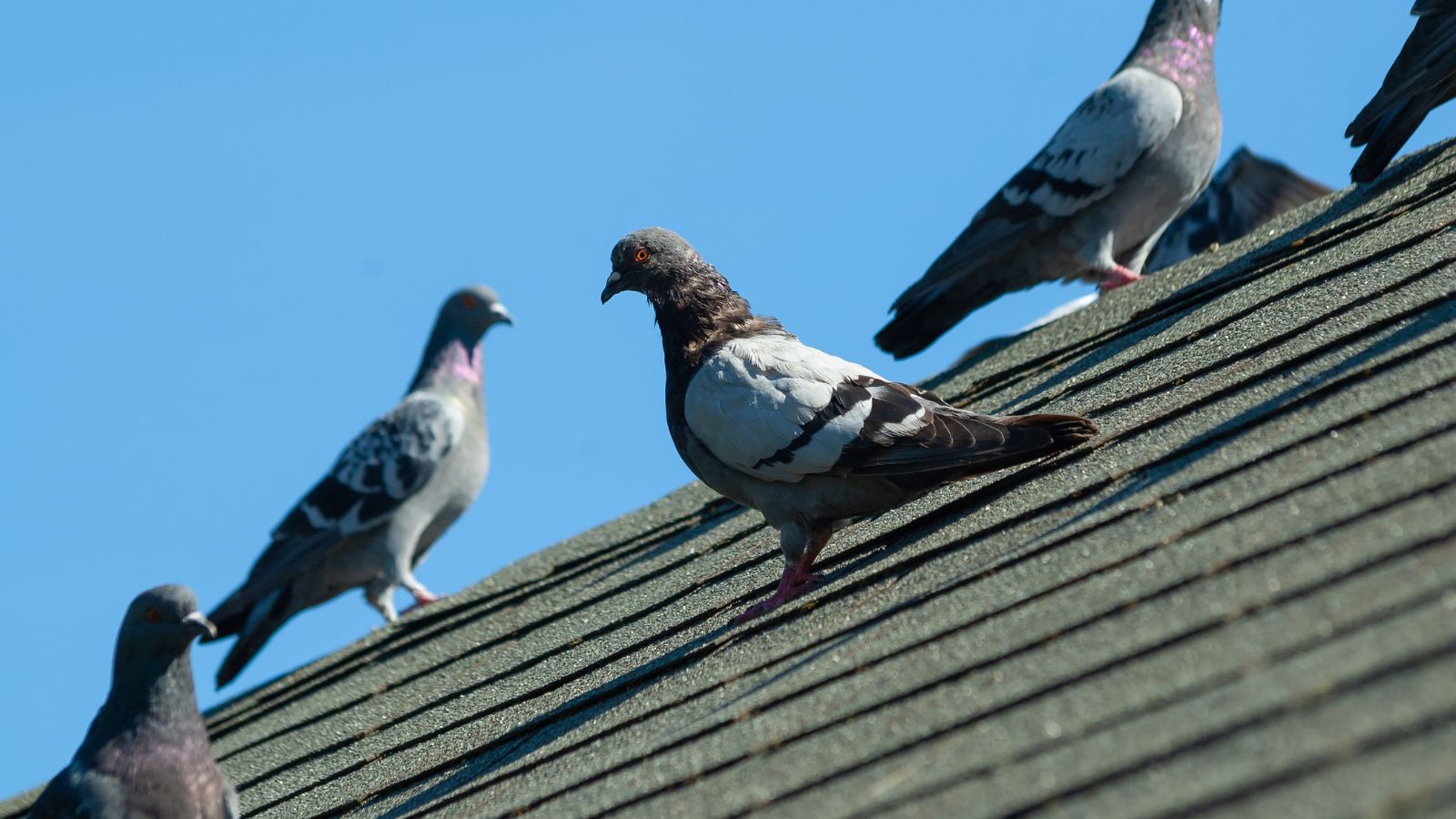What is a vented tumble dryer and is it right for you?
Just what is a vented tumble dryer? We take a look at how they work, their pros and cons and how they compare to condenser tumble dryers to help you decide if this is the right choice for your needs
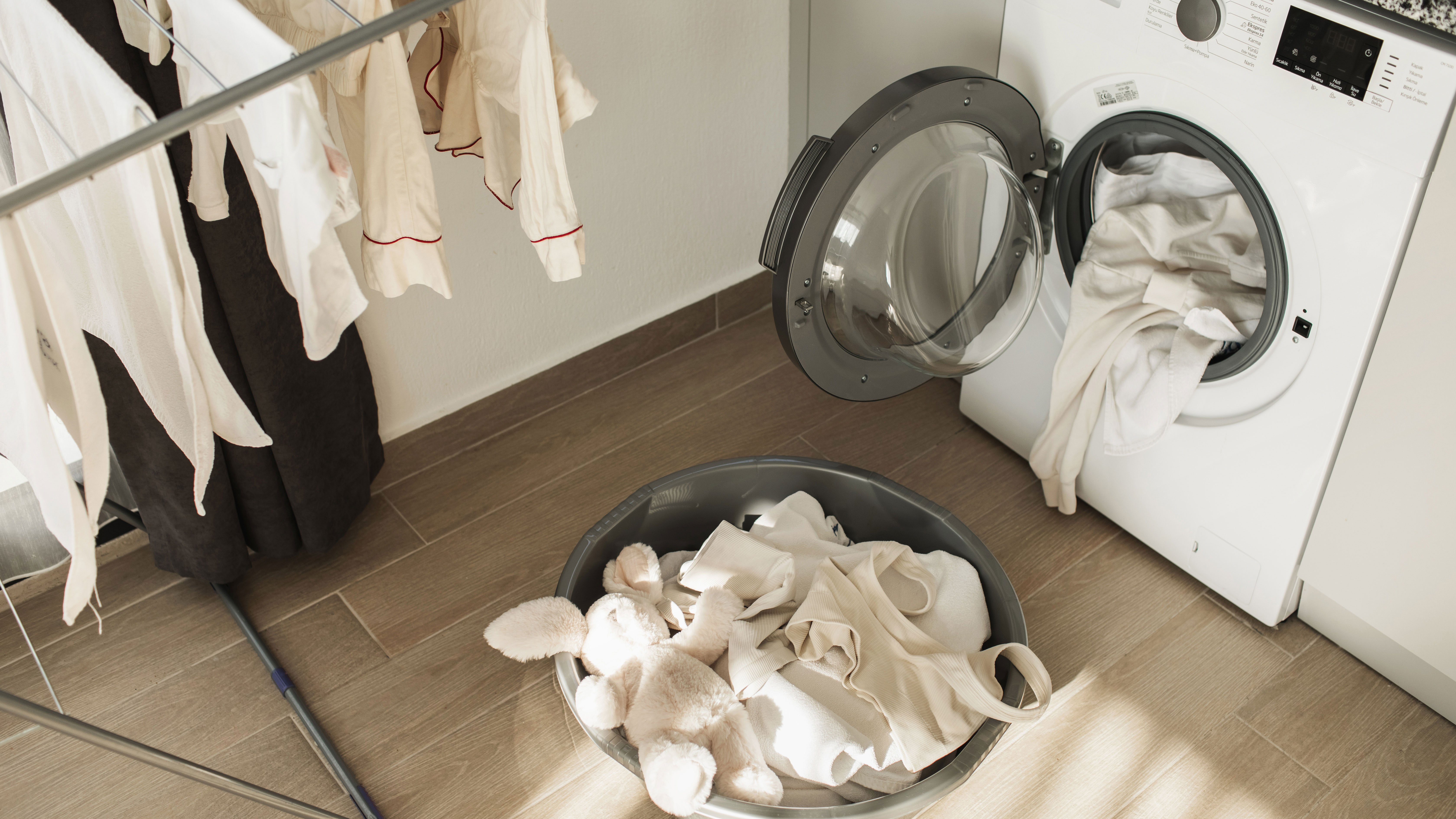
Exactly what is a vented tumble dryer? With the British weather being what it is, it isn't always possible to hang wet washing outside to dry and if you need bulky items such as towels and bedding to dry out fast, the best method is to pop them into the tumble dryer.
While many people worry about the cost of running a tumble dryer, if used sparingly, they can really come in handy, particularly when space for hanging laundry is limited.
There is not just one type of tumble dryer to choose from – condenser, heat pump and vented are all options and here we explain how vented tumble dryers work as well as their advantages and disadvantages.
What is a vented tumble dryer?
The two most popular types of tumble dryer are vented and condenser.
"The main difference between a vented dryer and a condenser dryer is how they remove water from the machine," explains James McCartney, business development director at Appliance City. "Vented tumble dryers are more common. They feature a long, flexible hose that connects to the tumble dryer and vents the water to the outside of your home."
If you are left asking what is a condenser tumble dryer, these collect moisture from wet laundry in a container within the dryer. You will be required to empty the tank regularly.
How do vented tumble dryers work?
If you have previously been looking at heat pump vs condenser dryers, it is important to realise that the way in which a vented tumble dryer works is quite different to either of these.
"Vented tumble dryers draw and heat air from the room in which they are located," explains James McCartney. "The warm air is then blown around the drum as the clothes spin. This warm air passing through the clothes causes the moisture in the material to evaporate, and the air is then vented outside through the hose. This is why the water leaves the hose as steam and not liquid."
What are the pros of a vented tumble dryer?
There are many benefits to owning a vented tumble dryer, including:
- They are cheaper to buy than condenser or heat pump models
- No need to empty a water tank
- They tend to dry clothes quicker than condenser tumble dryers
Cons of vented tumble dryers
Of course, there are also a few negatives which can, for some homeowners, mean another type of appliance could be better. Disadvantages include:
- Needs to be located near an external wall to vent to outside
- Requires a hole to be drilled in the wall for the hose
Three of the best vented tumble dryers
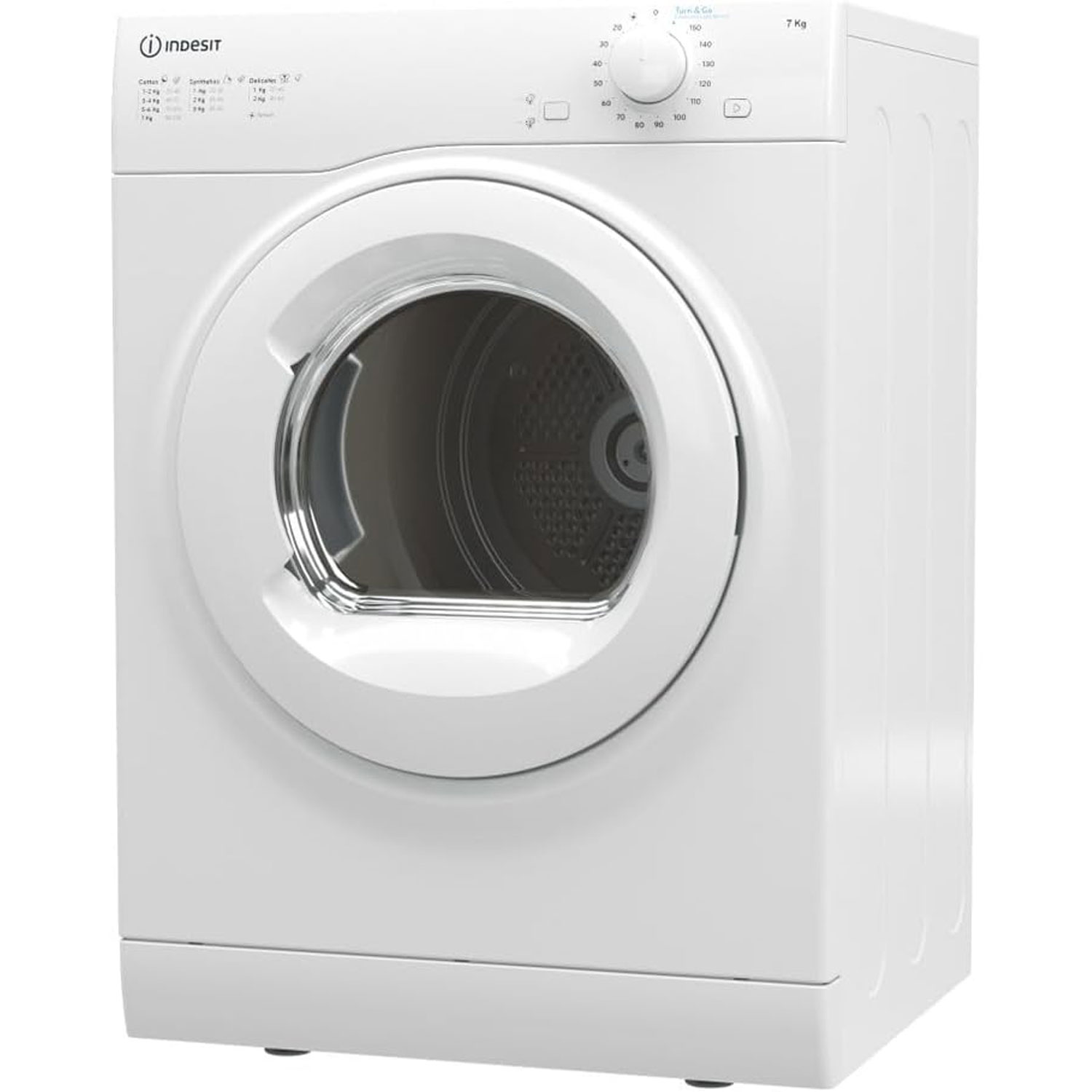
With a spacious 8Kg drum capacity, this no-nonsense model from Indesit also has a large door opening, making getting washing in and out easier. While it might have less features than some, it is super simple to use with easy-to-understand controls and just 'warm' and 'hot' settings. What's more, it is a cost-effective option.
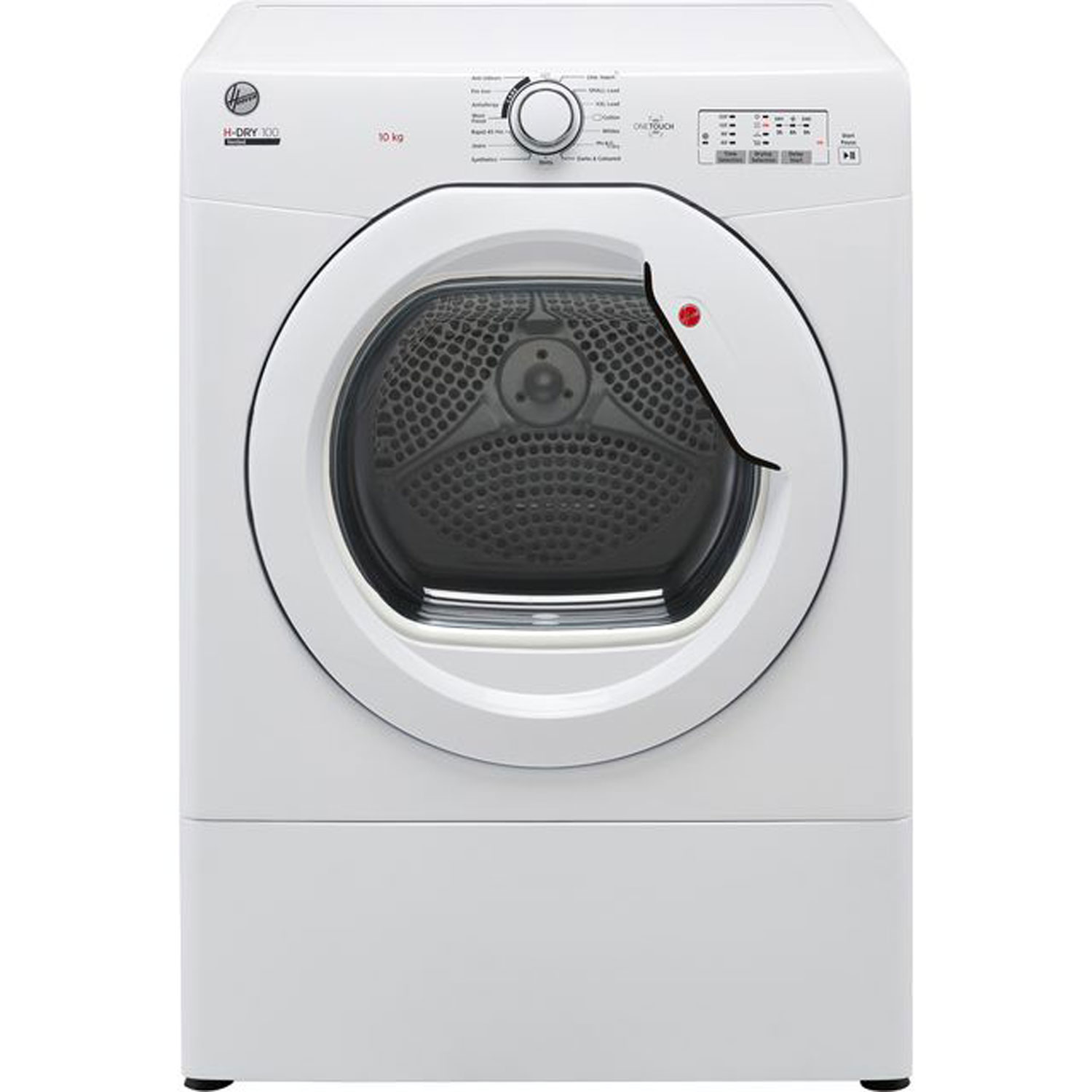
With the largest drum capacity here at 10Kg, this model offers more than just plenty of space for lots of wet washing. It features a useful energy-saving sensor dry function and can also be operated via an app on your smartphone which allows you to download new settings as you wish. Users also praised its low noise levels.
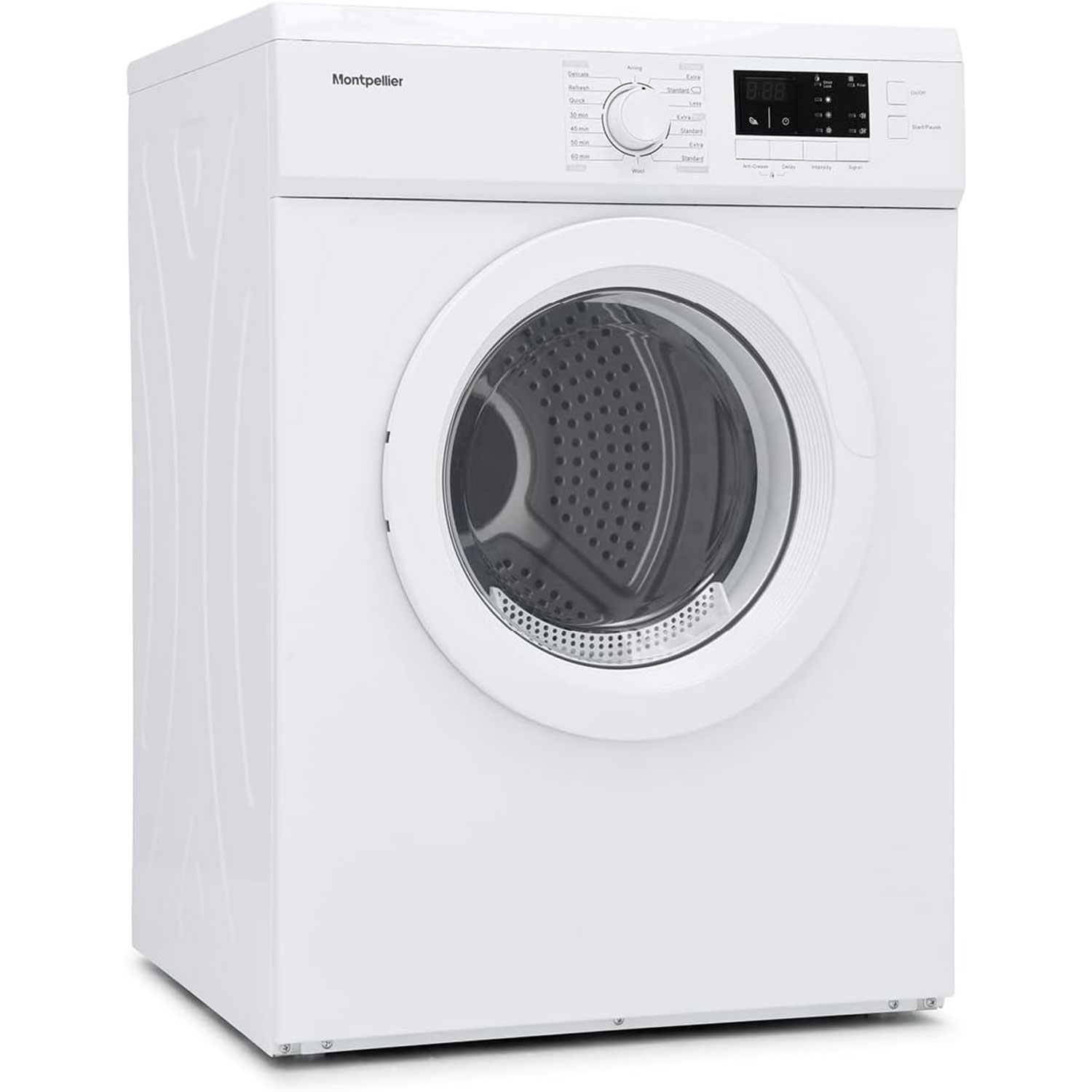
This affordable offering from Montpellier has an awful lot going for it. As well as an impressive C energy rating, it offers 15 programmes to choose from. The sensor dry function is really useful when it comes to saving energy as the machine switches off once washing is dry. Reviewers praise its low noise levels and drying efficiency.
FAQs
How much do vented tumble dryers cost?
One of the main bonuses of vented tumble dryers is that they are generally cheaper to buy than either condenser or heat pump versions. They tend to start at around £150, rising to £400 for those with sensors that detect when washing is dry.
How can you speed up drying times?
If you are also trying to speed up the drying time of items that can't go in the tumble dryer, you may well be asking 'do dehumidifiers dry clothes?' and they can definitely help here.
In order to keep your tumble dryer running costs down, it is useful to know a few tricks to getting your washing dry quicker. Try the following tips:
- Clean the lint filter regularly
- Clear blockages and dirt from interior and exterior vents
- Keep loads small and don't overload the drum
- Make sure clothes are well spun before putting them in the dryer
- Try dryer balls - Nooril Tumble Dryer Balls from Amazon are reusable and made from organic wool
Still not convinced a vented tumble dryer is right for you? Take a look at our piece on 'what is a heat pump tumble dryer?' as these are an increasingly popular option that can help save money and energy.
Get the Homebuilding & Renovating Newsletter
Bring your dream home to life with expert advice, how to guides and design inspiration. Sign up for our newsletter and get two free tickets to a Homebuilding & Renovating Show near you.
Natasha was Homebuilding & Renovating’s Associate Content Editor and was a member of the Homebuilding team for over two decades. In her role on Homebuilding & Renovating she imparted her knowledge on a wide range of renovation topics, from window condensation to renovating bathrooms, to removing walls and adding an extension. She continues to write for Homebuilding on these topics, and more. An experienced journalist and renovation expert, she also writes for a number of other homes titles, including Homes & Gardens and Ideal Homes. Over the years Natasha has renovated and carried out a side extension to a Victorian terrace. She is currently living in the rural Edwardian cottage she renovated and extended on a largely DIY basis, living on site for the duration of the project.

